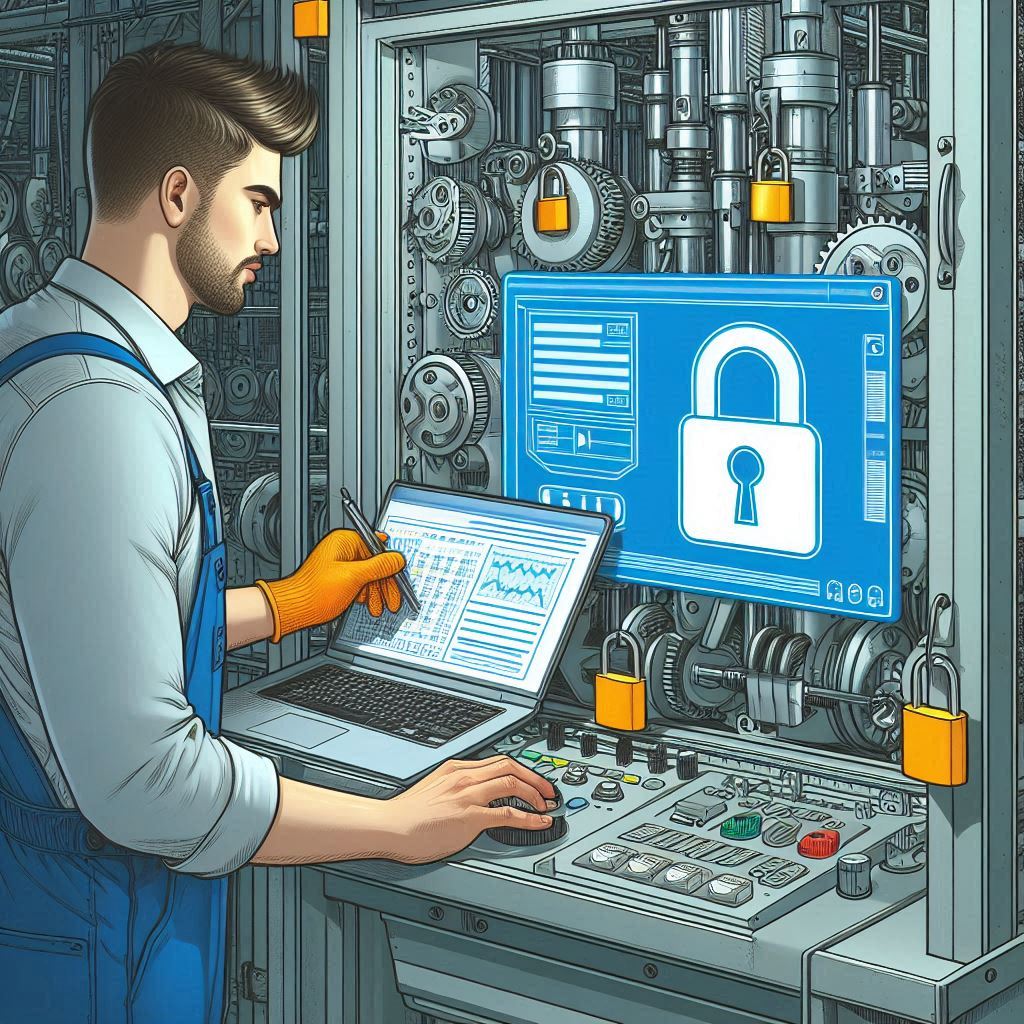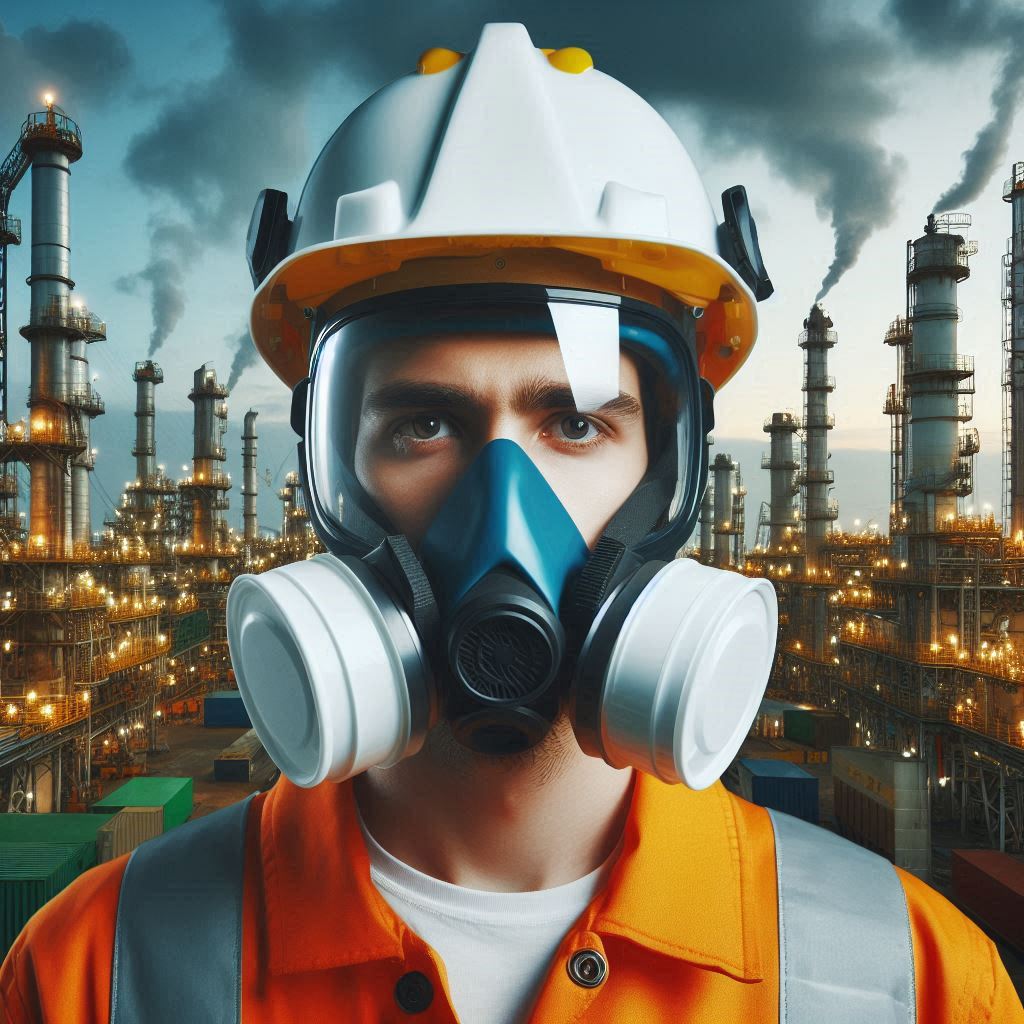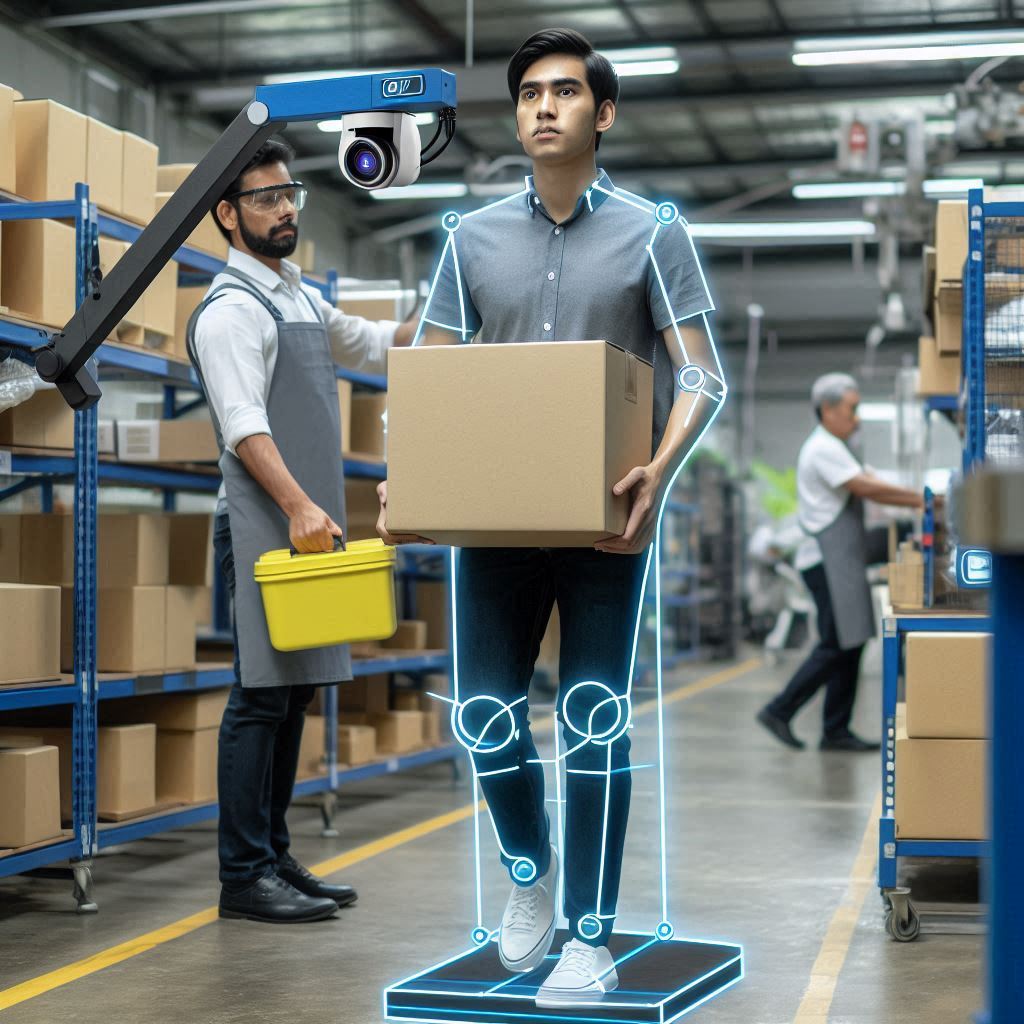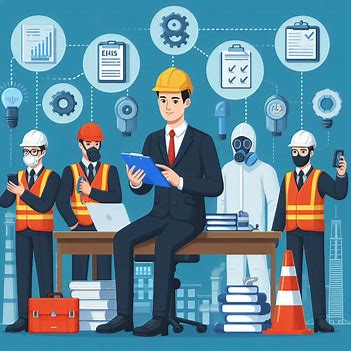Expert Tips on Handling Chemical Hazards
Introduction:
Working with chemicals is an essential part of many industries, including manufacturing, healthcare, and research. However, improper handling of chemical hazards can lead to severe health risks, environmental damage, and operational disruptions. Whether in a lab, a factory, or a field setting, it’s crucial to adopt best practices when dealing with chemicals. The following are seven expert tips for working safely and effectively with chemical hazards:
1. Know the Chemicals You’re Handling
One of the most critical steps in working with chemicals is understanding their properties, hazards, and required precautions. Every chemical comes with a Safety Data Sheet (SDS) that outlines key information such as toxicity, reactivity, storage requirements, and first aid measures. Thoroughly reviewing and understanding this data before handling any chemical can prevent accidents and ensure that you’re prepared in case of an emergency.
Tips on Handling Chemical Hazards: Always label chemicals correctly. Mislabeling can lead to confusion, improper handling, or even dangerous chemical reactions. Make sure every container is accurately marked with the chemical’s name, concentration, and hazard class.
2. Use Personal Protective Equipment (PPE)
Proper PPE is your first line of defense against chemical hazards. Depending on the chemical and the type of exposure risk, the necessary PPE can range from basic gloves and safety glasses to full-body suits and respiratory protection. It’s essential to conduct a risk assessment to determine the level of protection required for each task.
For example, corrosive chemicals require gloves made from materials like nitrile or neoprene, while working with volatile organic compounds (VOCs) might necessitate the use of a respirator. The goal is to ensure that every part of your body that could be exposed to the chemical is protected.
Tip: Always inspect your PPE before use. Check for cracks, tears, or wear that could compromise its protection. Faulty PPE can give a false sense of security, putting you at risk.
3. Ensure Proper Ventilation
Working with volatile chemicals can expose workers to toxic fumes, which can lead to serious health risks if inhaled. Therefore, having adequate ventilation in the workspace is essential. This can be achieved through mechanical ventilation systems, such as fume hoods, or by working in well-ventilated areas where air can circulate freely.
For laboratory settings, fume hoods are particularly important when working with solvents, acids, and other hazardous chemicals that release harmful vapors. In chemical industrial environments, local exhaust ventilation can prevent the buildup of airborne contaminants.
Tip: Regularly inspect and maintain the ventilation system to ensure it is working properly. If you can smell or feel the effects of the chemicals, the ventilation might not be adequate.
4. Follow Proper Storage Protocols
A common cause of chemical accidents is improper storage. Some chemicals are highly reactive and can cause fires or explosions if stored with incompatible substances. Always store chemicals according to the manufacturer’s recommendations, which can be found on the SDS. Flammable chemicals, for instance, should be stored in fireproof cabinets, and corrosive substances should be kept in corrosive-resistant containers.
Tip: Avoid overstocking chemicals. Storing more chemicals than you need increases the risk of accidents and can make it harder to manage them safely. Conduct regular inventory checks to ensure you’re not holding onto expired or unnecessary chemicals.

5. Train Employees Regularly
Comprehensive and regular training is essential for anyone working with chemical hazards. This training should cover how to handle chemicals safely, what to do in case of a spill or exposure, and how to properly use PPE. Additionally, employees should be familiar with emergency procedures, such as how to use eyewash stations and safety showers.
Training should be updated regularly, especially when new chemicals are introduced into the workplace or if there are changes to safety protocols. Ongoing education ensures that employees remain knowledgeable and alert to the risks involved.
Tips on Handling Chemical Hazards: Use hands-on training sessions and drills to reinforce theoretical knowledge. Demonstrations of chemical handling, spill response, and PPE usage can improve retention and confidence in employees.
6. Have a Spill Response Plan
Despite best efforts, accidents can still happen. An effective spill response plan can make the difference between a minor incident and a major disaster. This plan should include clear instructions for containing the spill, neutralizing the chemical (if necessary), and cleaning up the area safely.
Additionally, make sure that spill kits, absorbent materials, and neutralizing agents are easily accessible in areas where chemicals are used. Employees should know where the kits are located and how to use them.
Tip: Regularly update and practice your spill response plan with mock drills. This helps employees react quickly and confidently in the event of a real emergency.
7. Prioritize Waste Management
Improper disposal of chemical waste can lead to environmental damage, regulatory fines, and health risks. Every chemical waste product should be handled according to local, state, and federal regulations. Some chemicals can be disposed of in regular waste streams, but many require special handling.
Ensure that chemical waste is stored in designated containers and that these containers are properly labeled. Never mix chemical waste unless you’re sure it’s safe to do so, as incompatible chemicals can react violently when combined.
Tips on Handling Chemical Hazards: Designate a specific area for chemical waste storage and keep it away from high-traffic areas. Conduct regular waste audits to ensure that all materials are being disposed of according to the latest regulations.
Conclusion:
Working with chemical hazards is a serious responsibility that requires proper knowledge, preparation, and attention to detail. By understanding the risks, using the appropriate protective measures, and adhering to best practices, you can significantly reduce the likelihood of accidents and ensure a safer workplace. These seven expert tips serve as a solid foundation for building a culture of safety when dealing with chemicals.
Protect your team and prevent accidents with EHS Safety Software for chemical Industry!























